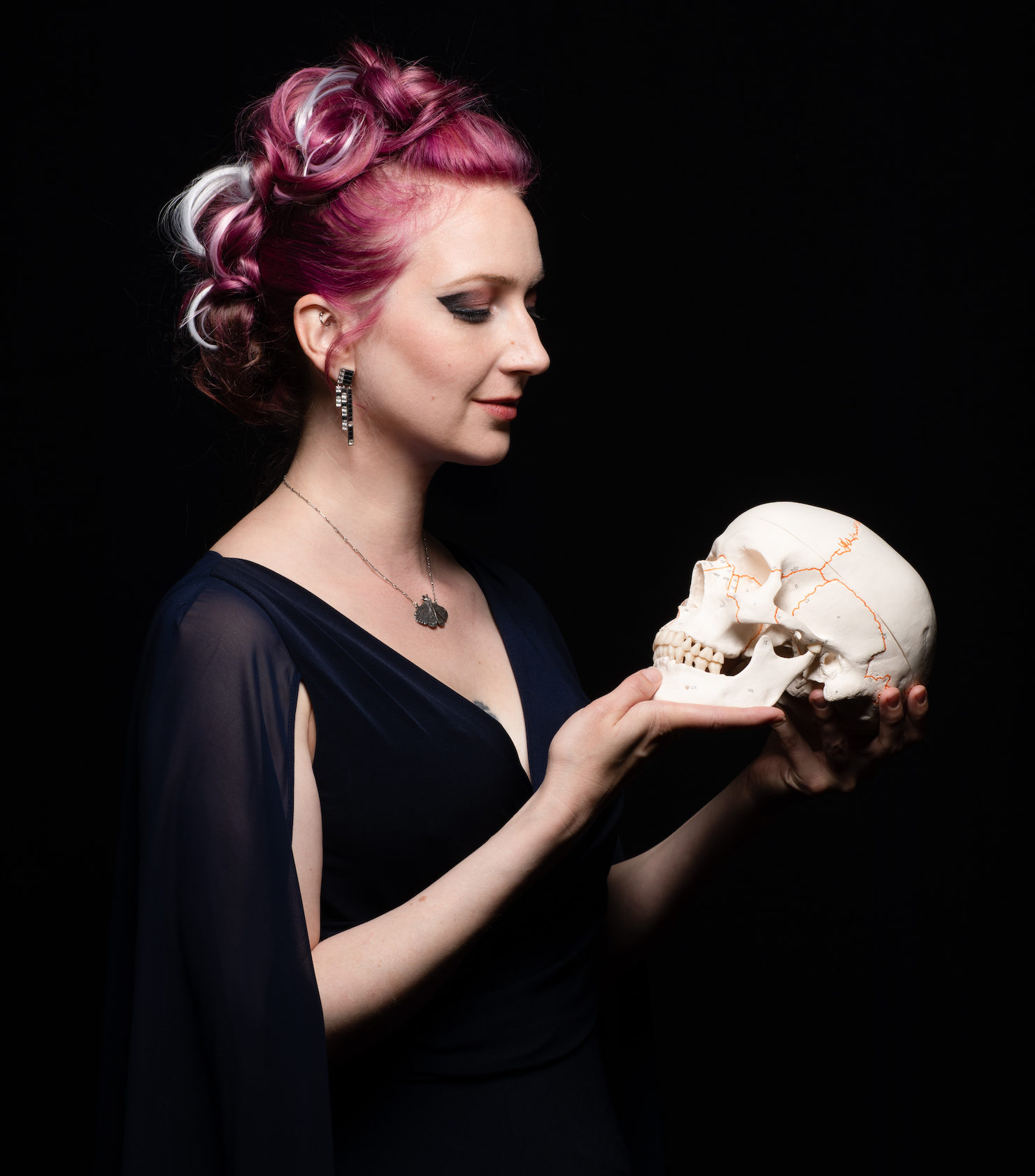ALEXANDER TECHNIQUE
The larger journey here is to deepen our sensitivity and awareness so that we may expand beyond what we even thought possible and to find pleasure in our actions.
Do you experience stiffness, discomfort or even pain from repetitive movements associated with your passion, hobby, or daily life?
Alexander Technique (AT) lessons can help you reframe these movements so that they coordinate more effortlessly into the support of your whole body. This can be done with gentle exploration of movement on the ground or a massage table, or slightly more actively while sitting in a chair, or in conjunction with the specific activity itself (i.e. singing, playing an instrument, dancing, walking, sitting at a computer, etc.).
AT helps us make the unconscious ways that we interfere conscious so we can choose to let go of them when we’re ready. Where singing or learning an instrument is concerned (or anything really), this is very useful. The Technique allows us to fully embrace what is already going well and to make space for new learning by clearing the things that no longer serve us.
You might be thinking sounds cool but what would a lesson in this even look like?
Because AT can be pretty adaptable, this leaves a lot of options for how an AT lesson could look and how it could be most useful to you. Are you a singer,brass player, or runner who feels tightness around your breathing? An AT teacher can use specific techniques to help shift your awareness and allow you to coordinate your breathing with greater freedom. This typically happens with a combination of ‘hands on procedures’ (or using gentle touch to clarify what we are asking for from the body), functional and applicable education on how we are built to breathe, and guided language to help bring in a new range of choices available to you.
To quote Alexander McCann’s article, The Beginning of Understanding: A New Scientific Model of the Alexander Technique “As the scientific research on AT has grown, it has documented a strikingly wide range of effects, from alleviating pain and anxiety to improving aspects of movement, balance, and posture.”

I have been teaching voice for over 10 years and singing for much longer, and I found that I ran into limitations with using vocal pedagogy alone when trying to help myself or others develop their singing technique. If someone’s tongue or jaw is tight when they sing because there is a deeper pattern of tension or collapse in a different part of their body, then no vocal exercise combination is going to completely help with that. Diving fully into The Alexander Technique has given me not just amazing tools but a whole reframing of how I look at and interact with the parts of us that try to ‘assist’ in ways that aren’t especially helpful.
Alexander Technique in practice: Coming in and out of semi supine (or a lie down) while putting as little strain on the body as possible.
Alexander Technique
The larger journey here is to deepen our sensitivity and awareness so that we may expand beyond what we even thought possible and to find pleasure in our actions
Do you experience stiffness, discomfort or even pain from repetitive movements associated with your passion, hobby, or daily life?
Alexander Technique (AT) lessons can help you reframe these movements so that they coordinate more effortlessly into the support of your whole body. This can be done with gentle exploration of movement on the ground or a massage table, or slightly more actively while sitting in a chair, or in conjunction with the specific activity itself (i.e. singing, playing an instrument, dancing, walking, sitting at a computer, etc.).
AT helps us make the unconscious ways that we interfere conscious so we can choose to let go of them when we’re ready. Where singing or learning an instrument is concerned (or anything really), this is very useful. The Technique allows us to fully embrace what is already going well and to make space for new learning by clearing the things that no longer serve us.
You might be thinking sounds cool but what would a lesson in this even look like?
Because AT can be pretty adaptable, this leaves a lot of options for how an AT lesson could look and how it could be most useful to you. Are you a singer,brass player, or runner who feels tightness around your breathing? An AT teacher can use specific techniques to help shift your awareness and allow you to coordinate your breathing with greater freedom. This typically happens with a combination of ‘hands on procedures’ (or using gentle touch to clarify what we are asking for from the body), functional and applicable education on how we are built to breathe, and guided language to help bring in a new range of choices available to you.
Alexander Technique in practice: Coming in and out of semi supine (or a lie down) while putting as little strain on the body as possible.

